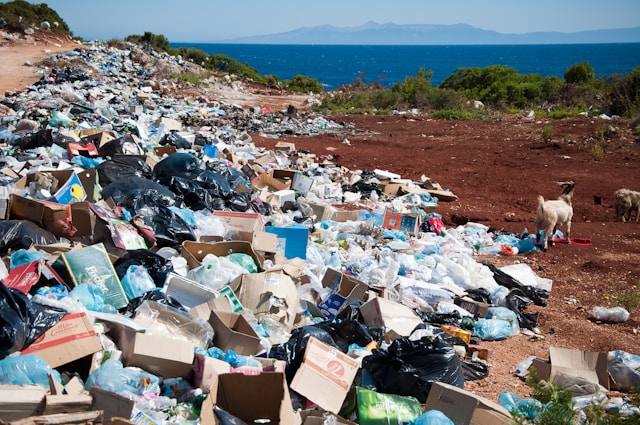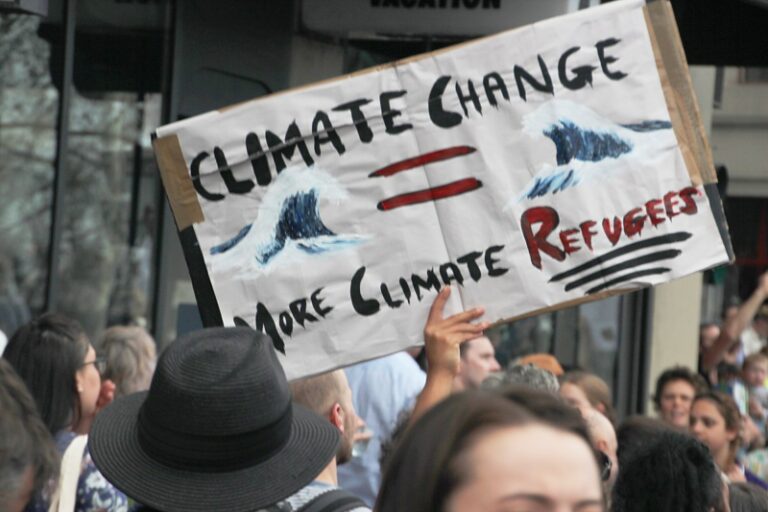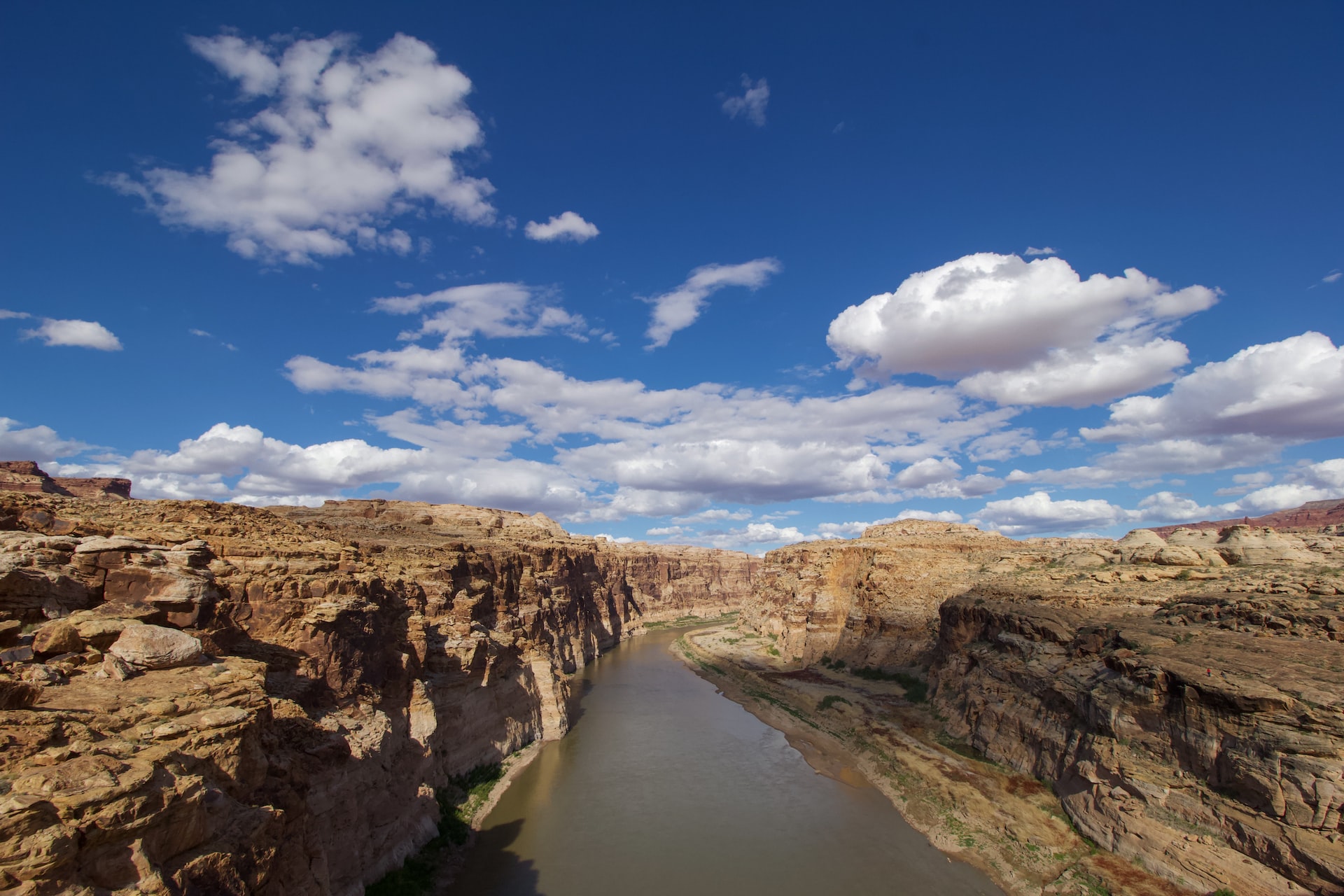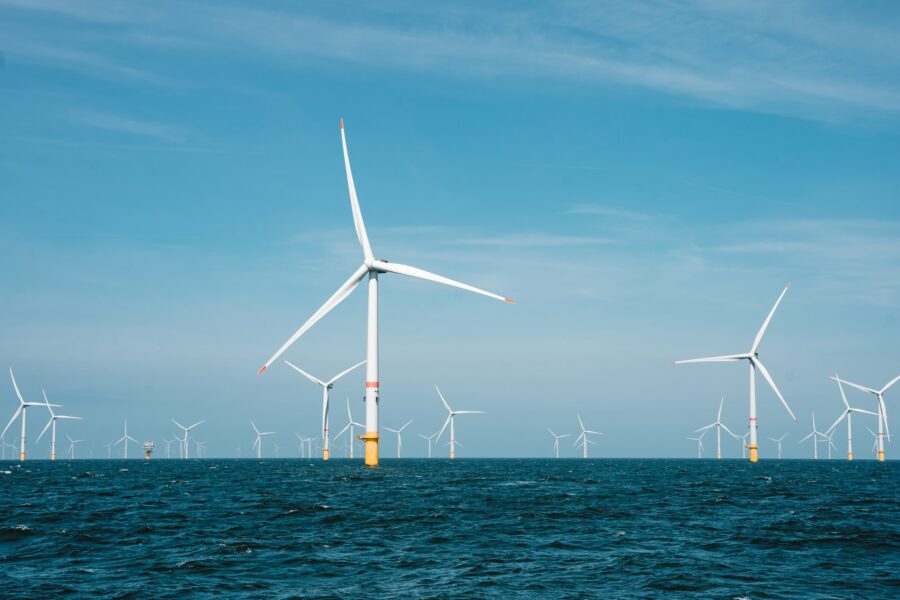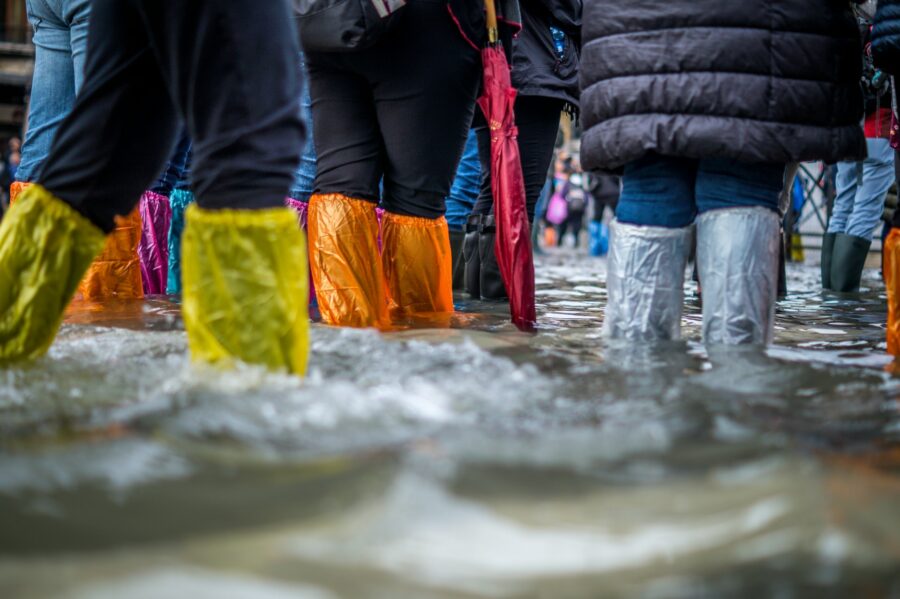The Era of the Anthropocene: A Need for Legal Change
By: Karan Manohar
Defining the Anthropocene
This current period of Earth’s ecological environment is steered by profound human-driven changes that have affected its biological, physical, and geological systems.[1] Consequently, the term Anthropocene was coined to describe this current environmental era, emphasizing how humanity’s growing population and increasing economic activity have fundamentally altered the planet—particularly through climate change, habitat destruction, and biodiversity loss.[2]

